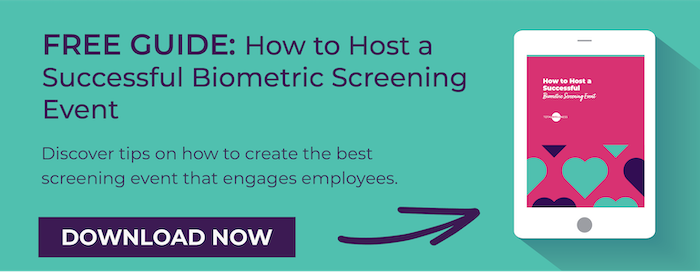When you receive your annual health screening, one of the things that you get tested for is your cholesterol level. Cholesterol is a waxy, fat-like substance that's found in all cells of your body. Your body needs cholesterol to help produce certain hormones, cell membranes, vitamin D, and bile acids that aid your digestive system.

Many adults are hard-wired to believe that cholesterol is bad for your health. This is only partly true. High levels of low-density lipoprotein (LDL) cholesterol (the bad type of cholesterol) can lead to an increased risk of heart disease. However, high-density lipoprotein (HDL) cholesterol (the good kind of cholesterol) is great for your overall health and helps reduce your risk of developing heart disease.
According to WebMD, HDL cholesterol can help reduce your risk of heart disease by:
- Removing LDL cholesterol
- Transporting LDL cholesterol it to the liver where it can be reprocessed
- Acting as the maintenance crew for the inner walls of your blood vessels – HDL scrubs the wall clean and keeps it healthy
In general, people with high HDL cholesterol are at lower risk for heart disease, whereas those with low HDL are at a higher risk of heart disease. For optimal heart health, adults should aim for an HDL level of 60 mg/dL or higher. An HDL level less than 40 mg/dL is considered to be low and puts you in the high-risk category.
While genetics play a role in your cholesterol levels, there are several other factors that can affect HDL levels, including your diet and exercise habits. If you want to reduce your risk of heart disease, try out these six healthy tips to help boost your HDL cholesterol:
Cook with extra-virgin olive oil. Choosing healthy fats to cook with, like extra-virgin olive oil, can help boost your HDL cholesterol. Extra-virgin olive oil is loaded with a type of antioxidant called polyphenols that increases the production of HDL cholesterol. One study found that older adults who consumed about four tablespoons of extra-virgin olive oil each day for six weeks increased their HDL cholesterol levels by an average of 6.5 mg/dL.
Tip: Remember that not all olive oil is created equal. Always be sure to use extra-virgin olive oil to enjoy all of its health benefits.
Limit foods high in artificial trans fat. A diet rich in artificial trans fat raises your LDL cholesterol while also lowering your HDL cholesterol – making it a double whammy! Trans fat is also associated with an increased risk of type 2 diabetes. Unfortunately, artificial trans fat can be found in a lot of common foods such as chips, snack cakes, baked goods, frozen pizza, and margarine. To maintain a more balanced diet and avoid artificial trans fat, try filling your diet with more real foods – like fruits, veggies, whole-grains, and lean protein – and limit your consumption of processed foods.
Exercise regularly. An active lifestyle is important for every aspect of your health – including your cholesterol levels. Exercising on a regular basis is proven to help lower LDL cholesterol while also boosting HDL cholesterol. Adults should aim for at least 150 minutes of exercise each week to achieve optimal health benefits. While high-intensity exercise is the best way to boost HDL levels quickly, even low-intensity workouts (such as walking) have been shown to make a positive difference on a person’s cholesterol levels.
Load up on purple produce. Purple fruits and veggies contain anthocyanin – a flavonoid that’s responsible for a food’s purple-ish hue. Research has found that anthocyanin can increase HDL levels by up to 14%. These purple foods can also help lower LDL levels as well. Some excellent sources of anthocyanin include purple or red grapes, plums, blackberries, raspberries, eggplant, and purple cabbage. Try adding some of these healthy foods into your regular diet!
Quit smoking. Smoking increases your risk of many health problems, including heart disease. According to an article by EverydayHealth, smoking exacerbates the detrimental effects of LDL cholesterol on your body. However, when you stop smoking, HDL levels can increase by about 30% in just three weeks. Quitting smoking is one of the best ways to improve your cholesterol levels (and overall health) ASAP.
Add fatty fish to your diet. Fatty fish – like salmon and tuna – are loaded with omega-3 fatty acids that provide major heart health benefits. Some studies have found that consuming more fatty fish can help increase HDL levels. Try eating at least three servings of fatty fish each week for optimal heart health benefits.
Although genetics definitely play a role in your body’s cholesterol levels, there are many healthy lifestyle habits that help keep your LDL cholesterol under control and prevent your risk of heart disease. Try out some of the above tips to improve your HDL levels and overall health.
How do you keep your cholesterol levels healthy? Share some tips in the comment section below!
Like this blog post? Share it with your employees or co-workers with this printable version of the blog!
Image created by Nensuria - Freepik.com



